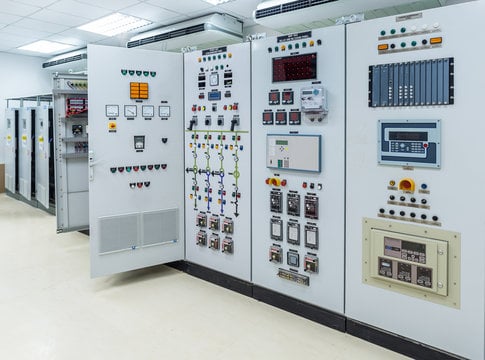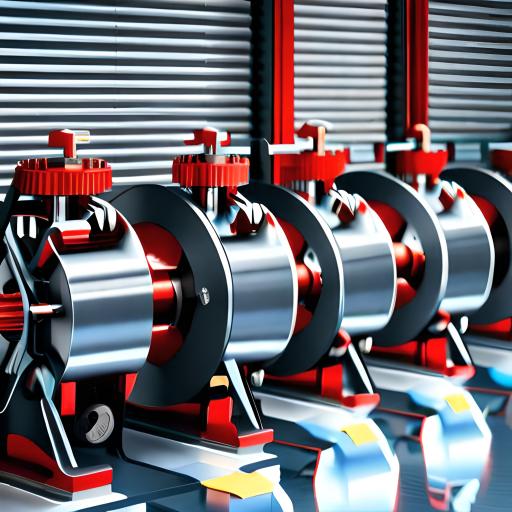In the global economy, industrial electric motors power a wide range of applications. The International Energy Agency (IEA) estimates that up to 70% of all energy used in industrial settings, 35% of all energy used in the commercial and service sectors, and 45% of all power generated globally come from the automobile industry.
Given that motor-related downtime costs thousands of dollars per hour, these statistics demonstrate the critical role that electric motors play in a range of industrial activities. They are primarily responsible for power plant greenhouse gas emissions and environmental harm. They are also largely to blame for the fast-rising demand for power in developing countries.
With typical payback times of under three years, there is a global economic potential to boost industrial motor energy efficiency by 20% to 30%. Electric motors account for about 15%, or 4.3 billion tons, of the world’s yearly 26 billion tons of CO2 emissions. One of the most affordable and risk-free ways to lower the rising energy demand and greenhouse gas emissions is to increase energy efficiency.
For the following reasons, use an effective motor:
- Lower operating expenses.
- Quieter and cooler operation.
- Better dependability and durability of the motors.
- Lower greenhouse gas emissions
Beginning the Motor Analysis:
Electric motors lose some of the energy they receive through windage and friction losses, as well as losses in the stator, rotor, and magnetic core. The decrease in motor efficiency can be attributed to these losses. It is clear that efficiency evaluation and minimum energy performance standards are necessary and relevant when considering energy consumption and the industrial usage of electric motors.
The accuracy of the motor efficiency and motor loss calculations depends on the test method used. There isn’t a single testing technique that is used in every industry. Although it is a straightforward concept, it might be difficult to measure and confirm the motor’s energy efficiency using various criteria.
Internationally Recognized Methods for Gauging Efficacy:
In industrial applications, it is usual to discuss the testing techniques listed below:
A common test method for polyphase motors and generators is IEEE 112-2004. Tests, IEC 60034-2-1, International Electrotechnical Commission, 2014. methods for figuring out the efficiency and losses of electrical gear that spins. The Japanese Electrotechnical Committee developed JEC 37 as a standard for induction devices. IEEE Standard 112-2004
This approach consists of 10 energy efficiency test procedures. To use the most crucial:
- Testing of simple input and output
- Check for input-output that is loss-separated.
- The loss separation test for back-to-back linked machines.
- Using smoothed residual losses to calculate load losses.
- The Eh-star approach
There are three main categories for the IEC standard test:
- Calculating a machine’s input-output power.
- Measuring the input-output power of two connected-in-series devices.
- One machine’s losses were counted.
The test procedures for the Japanese JEC standard 37 completely neglect the additional load losses. Lower operating expenses for businesses are one of the many significant economic and environmental advantages of improving the energy efficiency of machinery and appliances.
We provide motor start analysis services in all major Belgian cities, including Brussels, Antwerp, Liege, and Ghent.




